
Few sounds are more evocative than the booming duets of Southern Ground-Hornbills, especially when they accompany the last few whoops of hyaenas, distant lions’ roars, deep hoots of a Verreaux’s Eagle-Owl and the sawing cough of a prowling leopard in the half-darkness just before dawn breaks over the African bush. The number of these stately birds of the savannas and woodlands of southern and East Africa has, however, declined sharply in recent decades because of habitat loss, poisoning and other human impacts. As a result, the species is now red-listed as Vulnerable globally and Endangered in South Africa, Swaziland and Namibia.
Another significant threat looming over the Southern Ground-Hornbill is climate change. In the 1970s Alan and Meg Kemp’s pioneering research on the ecology of this species in the Kruger National Park revealed that groundhornbills are, compared to many other species, relatively heat-intolerant and retreat to shade and begin panting at comparatively mild air temperatures. These observations, together with recent evidence that hot weather negatively impacts the physical condition and breeding success of many birds in subtle but nevertheless consequential ways, provided the stimulus for several recent and ongoing projects aimed at understanding how ground-hornbills are likely to fare under hotter future conditions.
This story is from the July - August 2020 edition of African Birdlife.
Start your 7-day Magzter GOLD free trial to access thousands of curated premium stories, and 8,500+ magazines and newspapers.
Already a subscriber ? Sign In
This story is from the July - August 2020 edition of African Birdlife.
Start your 7-day Magzter GOLD free trial to access thousands of curated premium stories, and 8,500+ magazines and newspapers.
Already a subscriber? Sign In

EXPLORING NEW HORIZONS
Keith Barnes, co-author of the new Field Guide to Birds of Greater Southern Africa, chats about the long-neglected birding regions just north of the Kunene and Zambezi, getting back to watching birds and the vulture that changed his life.

footloose IN FYNBOS
The Walker Bay Diversity Trail is a leisurely hike with a multitude of flowers, feathers and flavours along the way.
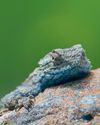
Living forwards
How photographing birds helps me face adversity
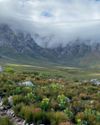
CAPE crusade
The Cape Bird Club/City of Cape Town Birding Big Year Challenge
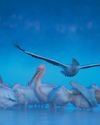
water & WINGS
WATER IS LIFE. As wildlife photographer Greg du Toit knows better than most.
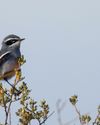
winter wanderer
as summer becomes a memory in the south, the skies are a little quieter as the migrants have returned to the warming north. But one bird endemic to the southern African region takes its own little winter journey.
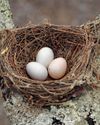
when perfect isn't enough
Egg signatures and forgeries in the cuckoo-drongo arms race
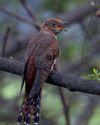
Southern SIGHTINGS
The late summer period naturally started quietening down after the midsummer excitement, but there were still some classy rarities on offer for birders all over the subregion. As always, none of the records included here have been adjudicated by any of the subregion's Rarities Committees.
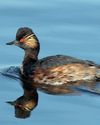
flood impact on wetland birds
One of the features of a warming planet is increasingly erratic rainfall; years of drought followed by devastating floods. Fortunately, many waterbirds are pre-adapted to cope with such extremes, especially in southern Africa where they have evolved to exploit episodic rainfall events in semi-arid and arid regions. But how do waterbirds respond to floods in areas where rainfall - and access to water - is more predictable? Peter Ryan explores the consequences of recent floods on the birds of the Western Cape's Olifants River valley.
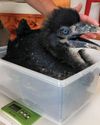
a star is born
It’s every producer’s dream to plan a wildlife television series and pick the right characters before filming.